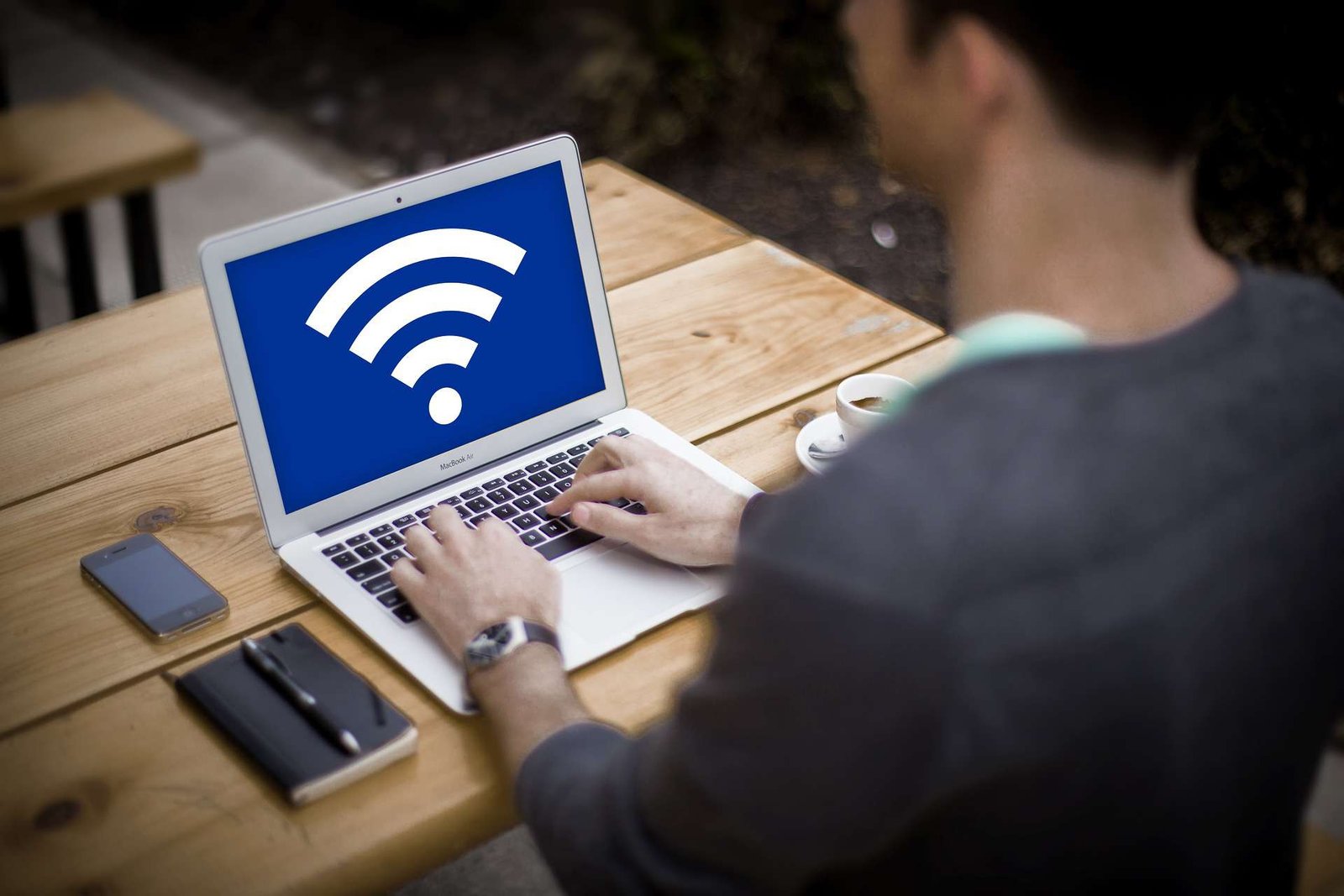You have probably already had the bad surprise to see your internet connection refused on your Windows PC. Several causes can be at the origin of this connection problem, such as a bad configuration of Windows, a Windows update, a bad parameter setting of your modem, or incompatibility of certain parameters between your box and your computer.
It can also be due to an invalid security key or unsupported encryption, but Windows will not tell you clearly!
Let’s see the different ways to solve the problems of a Wi-Fi connection.
How to Fix laptop WiFi not Working on Windows PC
Internet access plays a fundamental role in everyone’s daily life. So, it can be quite annoying if you encounter this problem all the time. Basically, this error makes normal computer use impossible. But then again, there is a solution to everything. So, here are some methods that will help you solve this problem once and for all.
Update Wi-Fi network driver
The wireless network driver allows your system to establish a connection with your network and wireless adapters. If the wireless network does not appear on a laptop, it is probably because the drivers are missing, outdated, or corrupt.
You can choose to update your drivers manually or automatically.
Manually update the driver – You can manually update the network driver by finding the driver for your Windows operating system on the manufacturer’s website and installing it on your computer. This requires time and computer skills.
Automatically update the driver – If you don’t have the time or patience to manually update the drivers, you can get it done with a driver updater. This type of software will allow you to update windows drivers for free and without hassle.
This software will detect the status of the drivers on your computer and install the appropriate drivers for your PC. Most importantly, you don’t have to worry about determining the operating system, and you do not need to fear making errors during processing. This will save you a lot of time and patience.
Check if Wi-Fi is enabled
Your network is functional and configured, your computer is Wi-Fi compatible, all you have to do is activate it and connect to the network. Find below the procedure to follow:
- Access the wireless network icon in the taskbar.
- Identify your network in the list and click on it. Then click on “Connect“. You can also check the “Connect automatically” box to have the PC connect to the Wi-Fi by itself at startup.
- The system will then ask you to enter the network security key, provided by your operator. In principle, you can find it on your router. Once it is indicated, click on “Next“. Note that you can avoid this step by pressing and holding the button on your router for a short time.
- If you have entered the right key, you are now connected to the WiFi network! You can now browse the web via a browser or launch applications that require an Internet connection.
Enable automatic WLAN configuration service
The AutoConfig WLAN service can configure wireless connectivity and security settings. When this option is enabled, the WLAN AutoConfig settings apply to all wireless network cards installed on your computer. In addition, when Wi-Fi is available, it will automatically connect to a preferred wireless network.
You can follow these steps to activate it:
- On your keyboard, press Windows + R keys simultaneously to bring up the Run dialog box and type services.msc, then press Enter.
- Right-click Wlan AutoConfig and click Properties.
- Choose Automatic at startup, then click Apply and click OK.
- Restart your PC and reconnect to your Wi-Fi network to see if your Wi-Fi network is enabled.
Enable SSID broadcasting for your Wi-Fi
The SSID (Service Set Identifier) broadcast is what makes your Wi-Fi network visible to your network adapter. Once you disable SSID broadcast, your Wi-Fi network is no longer listed.
Many people disable SSID broadcast for security reasons. By doing so, they can hide the Wi-Fi network so that the network name is not visible to others. But the first time you connect to the Wi-Fi network, you will need to configure the profile settings manually, including the network name and security mode. After the initial connection, devices can remember these settings and will not need to be specially configured again.
You can try the instructions below to activate your SSID broadcast.
- Check the IP address, username, and password of your wireless router.
- Open your browser on a PC and connect to the Internet via an Ethernet cable
- Enter the IP address in your browser and press Enter.
The DNS issue
While browsing the Internet quietly, your browser may suddenly display the following message: “Cannot find the server or DNS error”.
A DNS (Domain Name System) error in most cases indicates that the URL of the page you are trying to access is not correctly associated with its current IP address. This IP address is permanently or temporarily assigned to every device connected to a computer network using the Internet Protocol.
Without this address, your browser will be unable to connect to the page and display it. Check your DNS server settings with your network administrator and empty the DNS cache if necessary.
If the connection problem is with a particular site, try accessing it from a cell phone. If that doesn’t work, the site may be the problem.
Enable DHCP service
The DHCP service of your box allows you to easily connect your devices to your box: computer, tablet, smartphone, television, etc. Technically, the configuration of your device is done automatically, and a dynamic IP address is assigned to it. By default, this service is activated on the boxes provided by the ISPs. But a bad configuration of your box may have been applied, that’s why you should check if DHCP is activated on your device. Here is how to do it.
To check that the DHCP service of your box is activated, go to the parameters. Your modem can be accessed by typing http://192.168.1.1 or http://192.168.0.1 (depending on your ISP) in the address bar of your browser (connect using an ethernet cable or another device). Then enter the credentials listed under your box (or in the doc provided), usually “admin/admin“. If you have modified the credentials but have misplaced them, do a factory reset of your box.
Once connected to your modem, go to the tab that manages DHCP, generally “Network – IP Lan” and check that the DHCP service is activated. If it is not the case, activate it right away and restart your modem.
Conclusion
That’s all folks! We hope this article on How to Fix laptop Wi-Fi not Working on Windows PC has been of great use to you. Feel free to give us your feedback in the comments section below.





